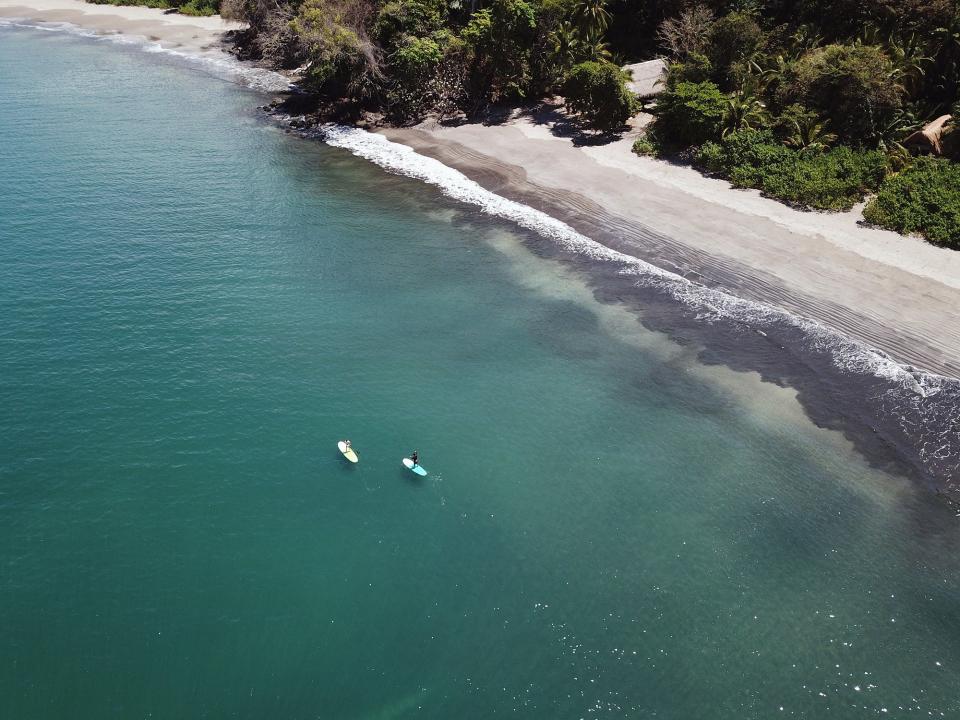Why Panama is the Place to Go in 2019
Panama takes its parties seriously, and 2019 could mark the country’s most evolved fiesta yet. Panama City—the oldest continuously occupied European settlement on the Pacific coast of the Americas—is turning 500. Ancient walls, glassy skyscrapers, and a mix of African, Native Panamanian, and Spanish cultures have all played a part in forming the frenetic “Miami of Central America.” Lately, however, Panama has become more focused on preserving its treasures. Head to the historic quarter of Casco Viejo and you’ll find innovative restaurants built inside restored colonial buildings. Meanwhile, on remote islands where hiking trails are peppered with Pre-Columbian era pottery and protected wildlife, new eco-resorts are finally putting Panama on the map for sustainable tourism.
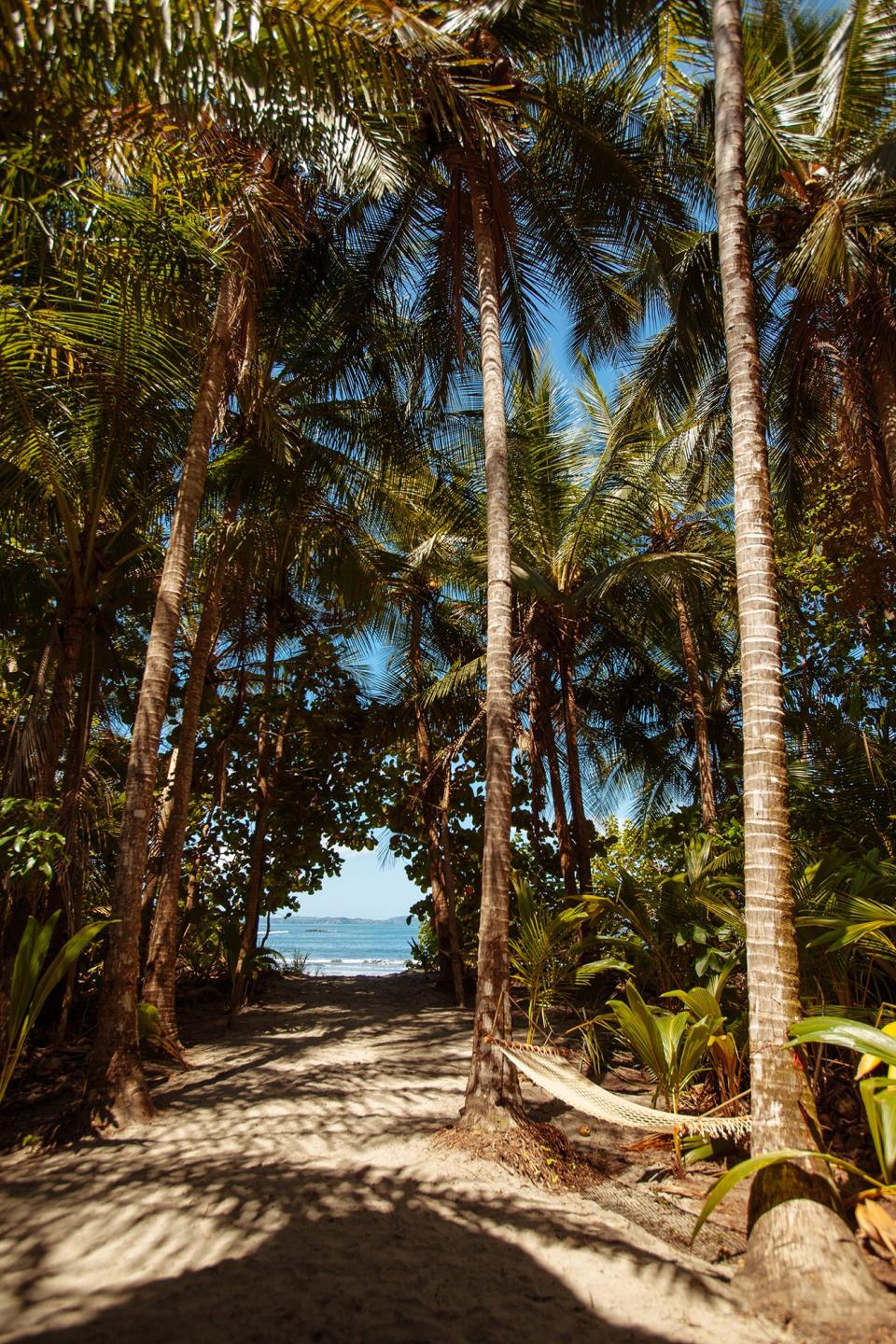
For most, a visit to the isthmus country begins with a quick stop in the capital city before jetting off to nature. Learn the greeting “que sopa” (local slang for what’s up?) and you’ll have no problem making friends. While you’re there, check the big one off your list: the Panama Canal, a maritime trading conduit that was controlled by the U.S. for over a century before being turned over to Panama in 1999. Over the past 20 years, Panama has come into its own more than ever before. Cultural progress is most visible in Casco Viejo, the city’s old town, which has transformed into a stylish hotspot and UNESCO World Heritage Site rolled into one.
“When we opened on this street, you wouldn’t walk here at night,” says chef Felipe Milanes, owner of Tomillo Panama, a restaurant housed in the shell of an 1855 railroad office. “Right when we opened, all the buildings around us were sold. There are two that are almost finished and three restaurants that opened up the block. All of this happened in two and a half years.”
Meander over to The Strangers Club, a bar by Steve Schneider and five other bartenders from New York City’s Employees Only, and you’ll find retro-inspired interiors in line with Casco’s other atmospheric spots including fine dining restaurant Donde José, healthy eatery Mahalo and hole-in-the-wall diner Fonda Lo Que Hay.
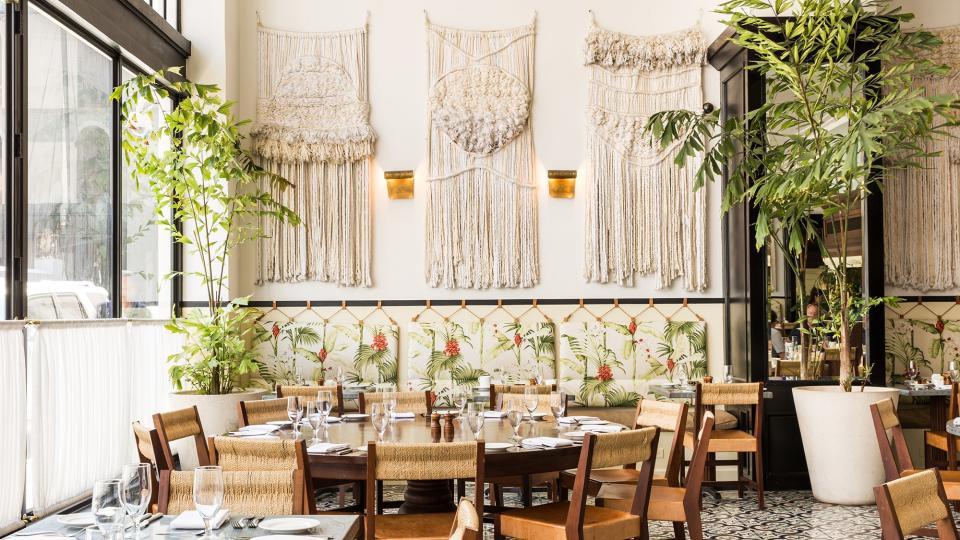
“Building codes in Casco Viejo are tightly managed, supporting the vision that this unique part of the city maintains its colonial roots,” says Rob Harper, a Panama resident and the co-owner of Namu Travel Group. “They want the architecture to look as close to its original version as possible.”
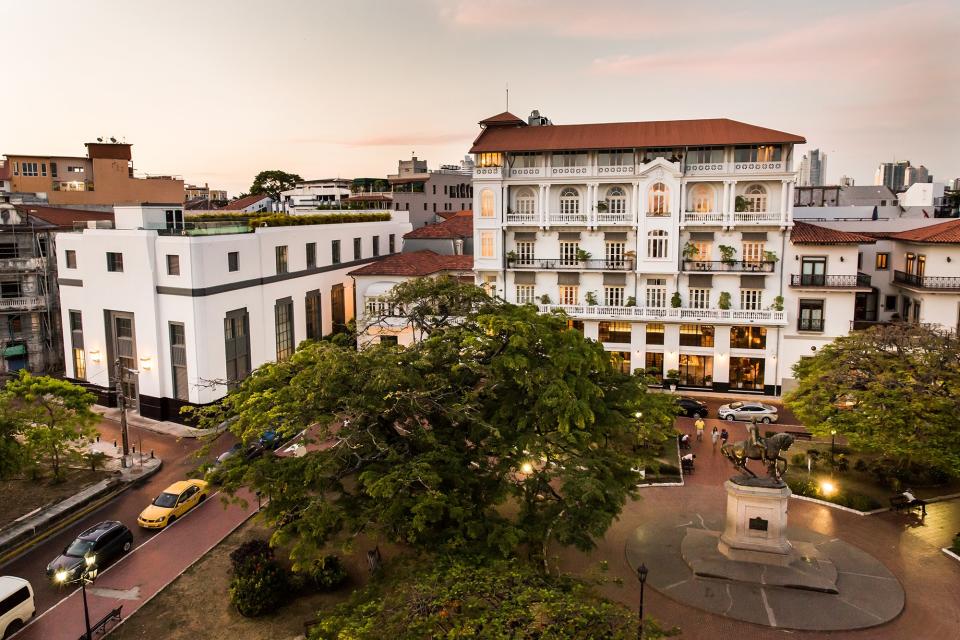
Succeeding at this, at least in terms of its restored neoclassical façade, is The American Trade Hotel (a collaboration between Atelier Ace and Conservatorio, one of the property developers focused on revitalizing the neighborhood). Step inside the building—historically considered to be Panama’s first modern skyscraper—and you’ll find the city’s fashionable set dining under macramé wall hangings by Los Angeles-based artist Tanya Aguiñiga.
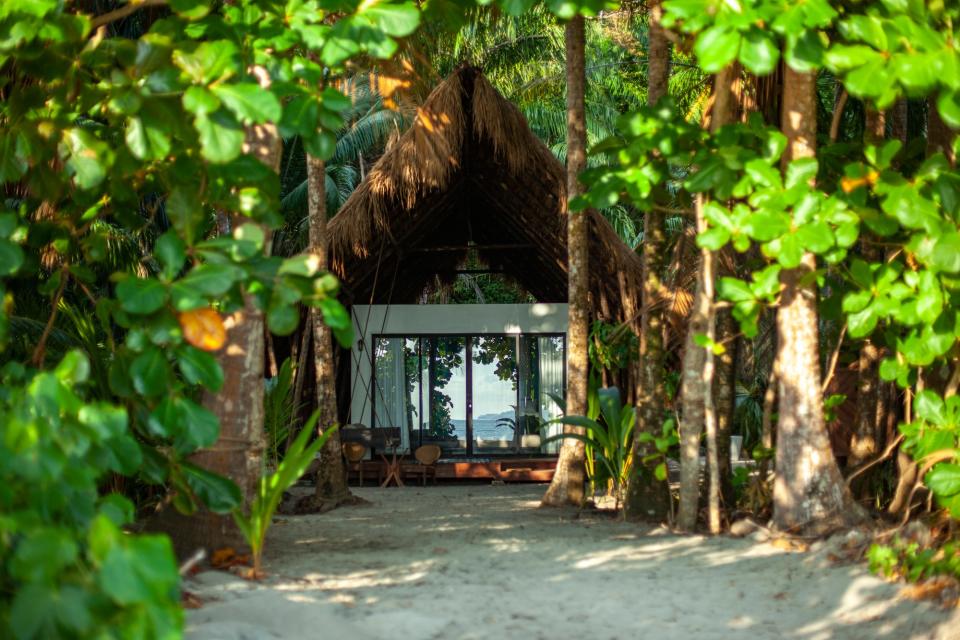
By night, the rooftop of the Tantalo Hotel becomes a low-key hangout amidst interiors designed by artisans using upcycled materials. Its sister restaurant, Caliope, is one of the area’s first farm-to-table restaurants. Despite its proximity to Costa Rica, Panama has been slow to embrace environmental sustainability. But with new eco-properties opening near the protected Gulf of Chiriquí National Marine Park, this too is changing.
Leading the charge is eco-luxury resort Isla Palenque, which opened in 2018 with eight new design-forward beachfront villas set on a 400-acre jungle-swathed island where monkeys outnumber humans. Its golden ratio allows for top-notch wildlife viewings on the hiking trails, plus plenty of private beach time. As the first Panama resort to join the Cayuga Collection, a group of luxury sustainable lodges in Latin America, Isla Palenque is aiming to improve environmental awareness in the region (not an easy task in a country with limited recycling programs) one papaya-leaf drinking straw at a time. For now, the Gulf of Chiriquí is accessible to those willing to make the journey (COPA Airlines offers daily one-hour flights from Panama City to the town of David), but it likely won’t always remain a secret. A few miles away, Islas Secas Reserve & Lodge, a solar-powered resort by billionaire conservationist Louis Bacon, is set to open in January 2019.
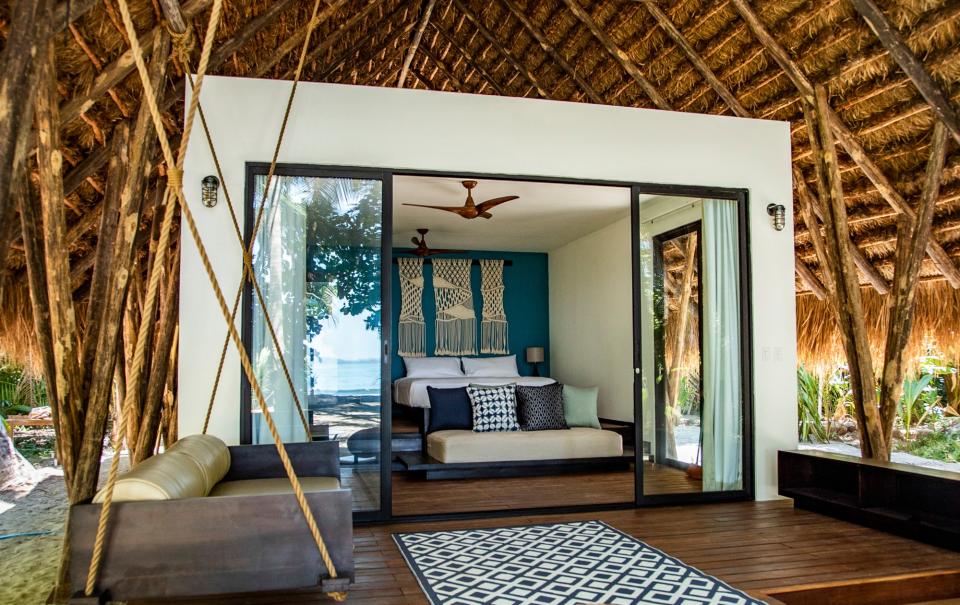
“This area of Panama gets very few visitors so it really feels pristine, new and undiscovered,” says Hans Pfister, co-founder and president of the Cayuga Collection. “There is huge potential in the area but hopefully the growth will be sustainable.”
Wild and untouched, the Gulf of Chiriquí incites a feeling of discovery, its golden sand beaches and jungle paths offering a more bucolic lookout than that from a rooftop party in the capital. But no matter where you are in modern Panama—500 years in the making—what’s old is new again.
